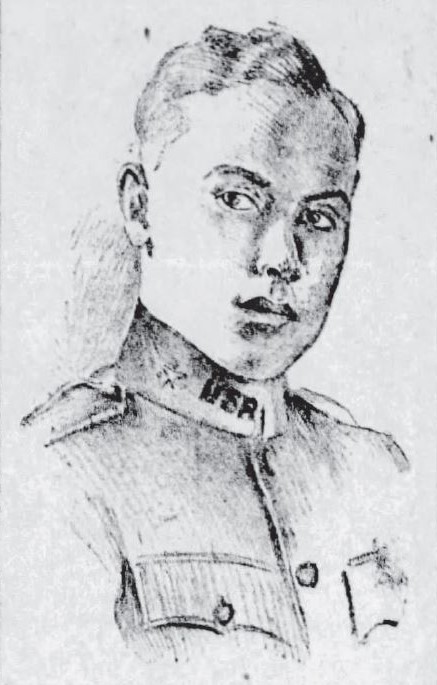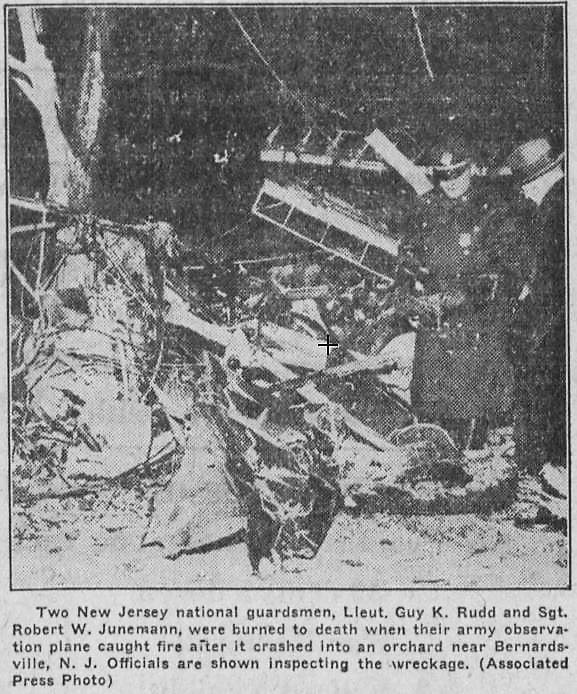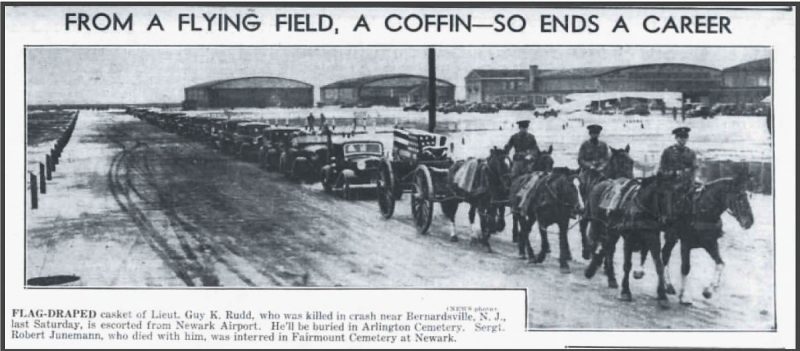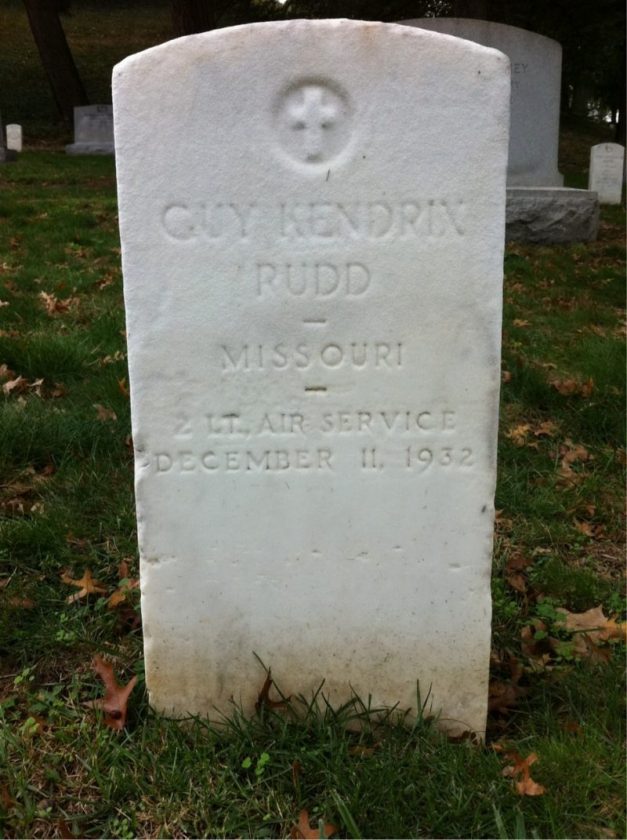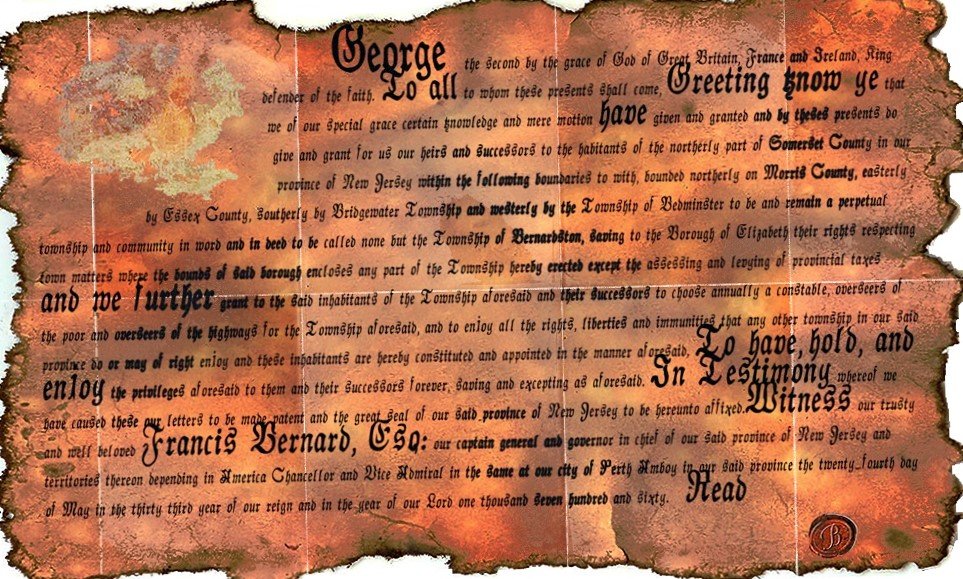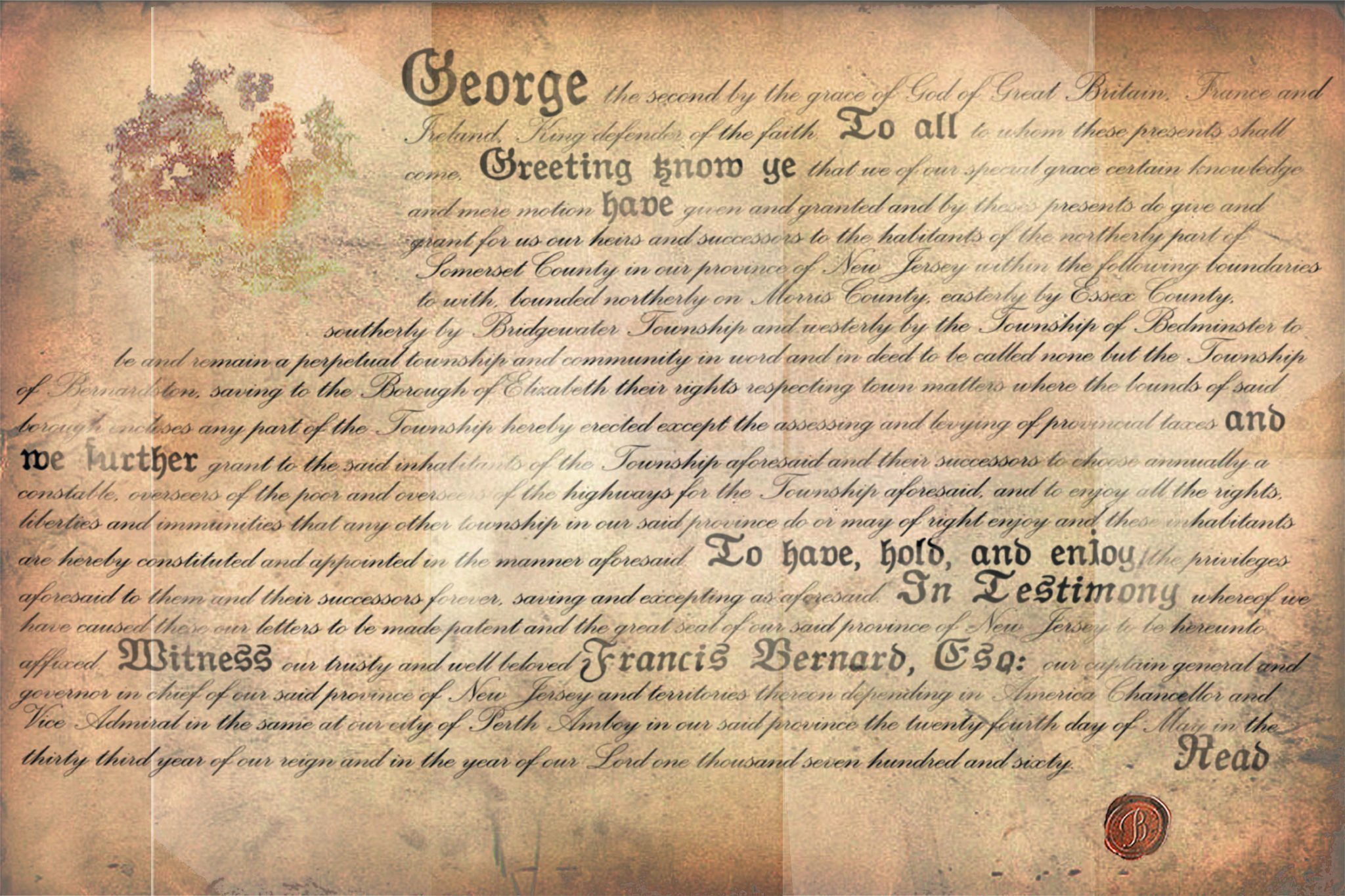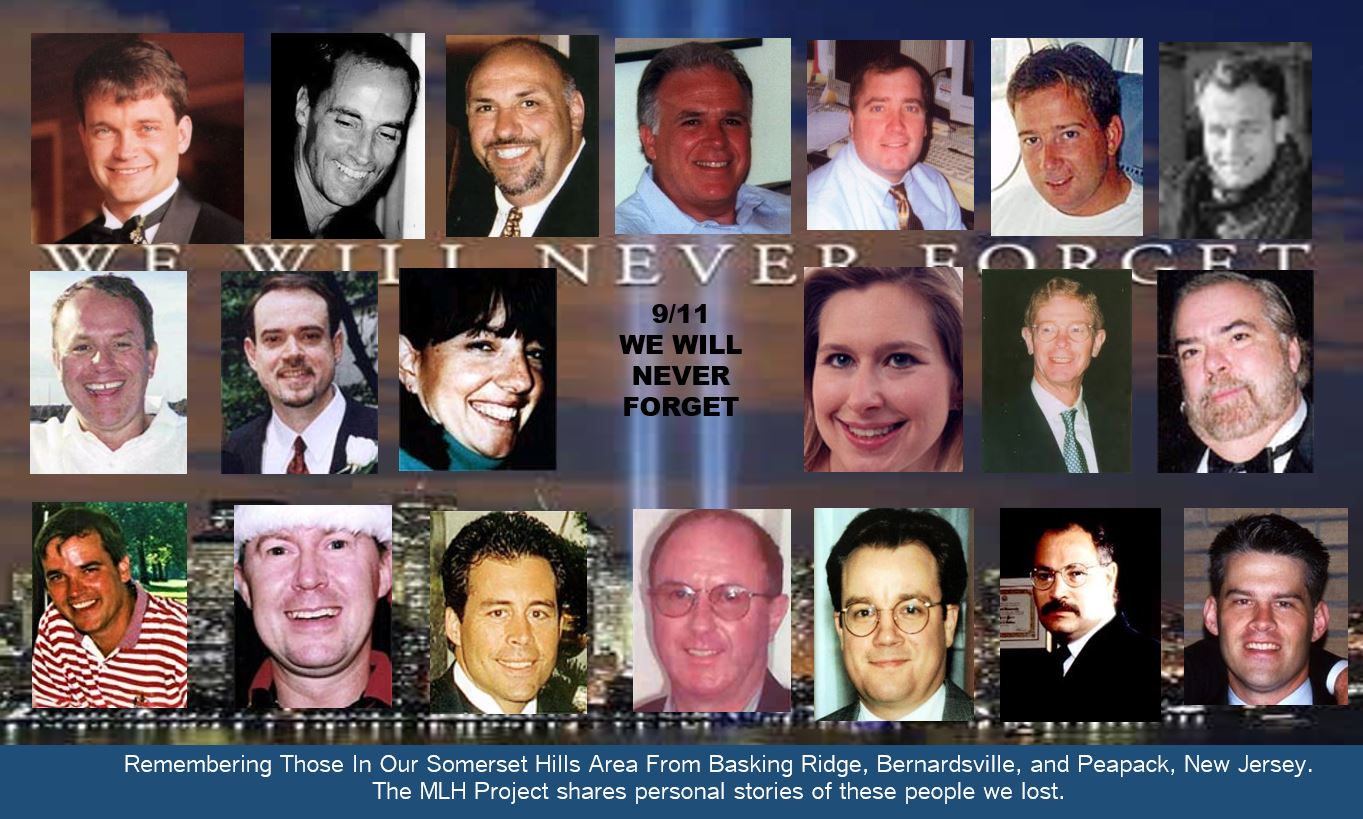The Somerset Hills have seen its share of aviation accidents, minor and spectacular, over the years. Fortunately, most have involved light aircraft with injuries rather than casualties as the result. The early crashes, prior to WWII, tended to be military aircraft as private flying was not as common as it would become after the war. One such accident, with an unusual local connection, occurred in the ‘Mountain Colony’ between Bernardsville and Mendham in the late morning of Sunday, December 11, 1932.
Training Mission Gone Bad
The New Jersey National Guard’s 44th Division (Aviation) at Newark Army Airfield had launched a flight of three Douglas O-38B’s that morning on a routine training mission. Each aircraft carried a crew of two, the pilot and an observer. These aircraft belonged to the 44th Division’s 119th Observation Squadron, a unit that exists today as the New Jersey Air National Guard’s 119th Fighter Squadron out of Atlantic City. Formation flying and shallow dives were the planned maneuvers to be practiced that morning.
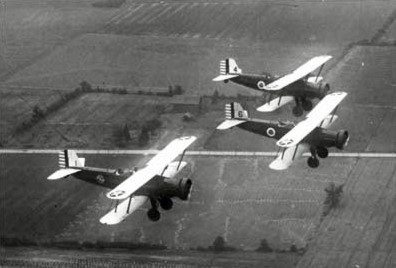
The flight departed Newark at 11:00 and proceeded west, all the while changing formations and aircraft positions. Upon reaching the area between Bernardsville and Mendham, at about 800 feet above the ground, the flight leader signaled for a shallow dive followed by a pull up. The flight leader would continue straight ahead with the #2 and #3 aircraft making right hand and left hand (respectively) 180° climbing turns before reforming the formation. As the #2 aircraft was in its climbing turn, the pilot and observer were unable to find #3, but observed a massive fire burning in an orchard below them. Joining up with the flight leader, they circled the crash site several times looking for a place to land without success. Returning back at Newark, Lt. Donald Provost in the #2 aircraft said to his observer “Did you see what happened? Rudd got it!”. They jumped in their cars and raced back to the accident site.
The Official Position of the Accident
The official accident report would conclude that the maneuver was started at too low an altitude for safety. Aircraft #1 and #2 reported they had pulled out of their dive about 100 feet above the trees, while #3 impacted a tree which was approximately 35 feet high. Primary blame was placed on Lt. Rudd for not pulling out of the dive in time, perhaps due to “…a lack of experience in this type of maneuver and possibly slow reaction while following the leader of the formation.”.
And just who was the leader of that formation?
Millicent Who?
Flying the #1 aircraft was a young lieutenant from Far Hills by the name of Hugh McLeod Fenwick. Six months prior he had married a 22-year-old member of the ‘Mountain Colony’ society named Millicent Hammond, a Stevens on her mother’s side of the family.
Rudd and Juneman lost their lives in the orchard of the Robert L. Stevens estate, off of Mendham Road, a short distance from where Millicent Hammond Fenwick had grown up.
Newspaper articles concerning the crash only gave a passing mention, if at all, of this family connection. The question as to why Hugh Fenwick had brought this flight to Bernardsville appears to have never been asked, either intentionally or unintentionally. Not even the official Army accident report questioned the destination. Although it cannot be said with certainty, Hugh Fenwick was probably showing off for Millicent and her family. That uncertainty comes from any knowledge that Millicent was even there that day, although it’s unlikely Hugh would be trying to impress her cousins.
The official accident report includes sworn statements of the other crew members of the flight, the investigating New Jersey State Police, and witnesses of the crash itself. Two such witnesses were cousins of Millicent. Mary Stuart Stevens Baird, who Millicent also considered one of her dearest friends, and Caroline Bayard Stevens Condon. Mary Baird stated, upon hearing the aircraft, she ran out of the “winter cottage” (the Stevens compound had several such cottages). Caroline Condon said she was outside the main house when the aircraft came over and stated Mary Baird was with her and went to get help when the aircraft crashed. Is it possible Millicent was with them?
After their marriage Hugh and Millicent had rented ‘property’ on the R. Stuyvesant Pierrepont estate in Far Hills (now Trump National Golf Course), about eight miles from the Stevens estate. If he was out to impress his new wife, he would have headed to Far Hills if that’s where she was that day.
It’s strange that neither the newspapers or the military accident investigation team picked up on this connection between Hugh Fenwick and the scene of the crash. It may also have been quite innocent. The lightly populated areas to the west of Newark would be ideal for these kinds of flight maneuvers, and Hugh Fenwick would have been familiar with this part of New Jersey. He owned his own airplane, which he kept at their Pierrepont estate property, and flew on a regular basis throughout the Somerset Hills.
As for the accident, Hugh Fenwick’s career doesn’t appear to have suffered. He remained with the New Jersey National Guard at least through 1936, attaining the rank of captain, was hired by the Vultee Aircraft Company to sell warplanes to the Europeans, and would eventually become one of their vice-presidents.
Rudd Field – McGuire Air Force Base
From 1937 until 1939, the airfield at the Army’s Camp Dix, near Wrightstown, NJ, was named Rudd Field in honor of Lt. Guy K. Rudd. That field would eventually become McGuire Air Force Base.
This article was written by Lee Corbin, a former resident and aviation fan. Mr. Local History is glad to share his story.
